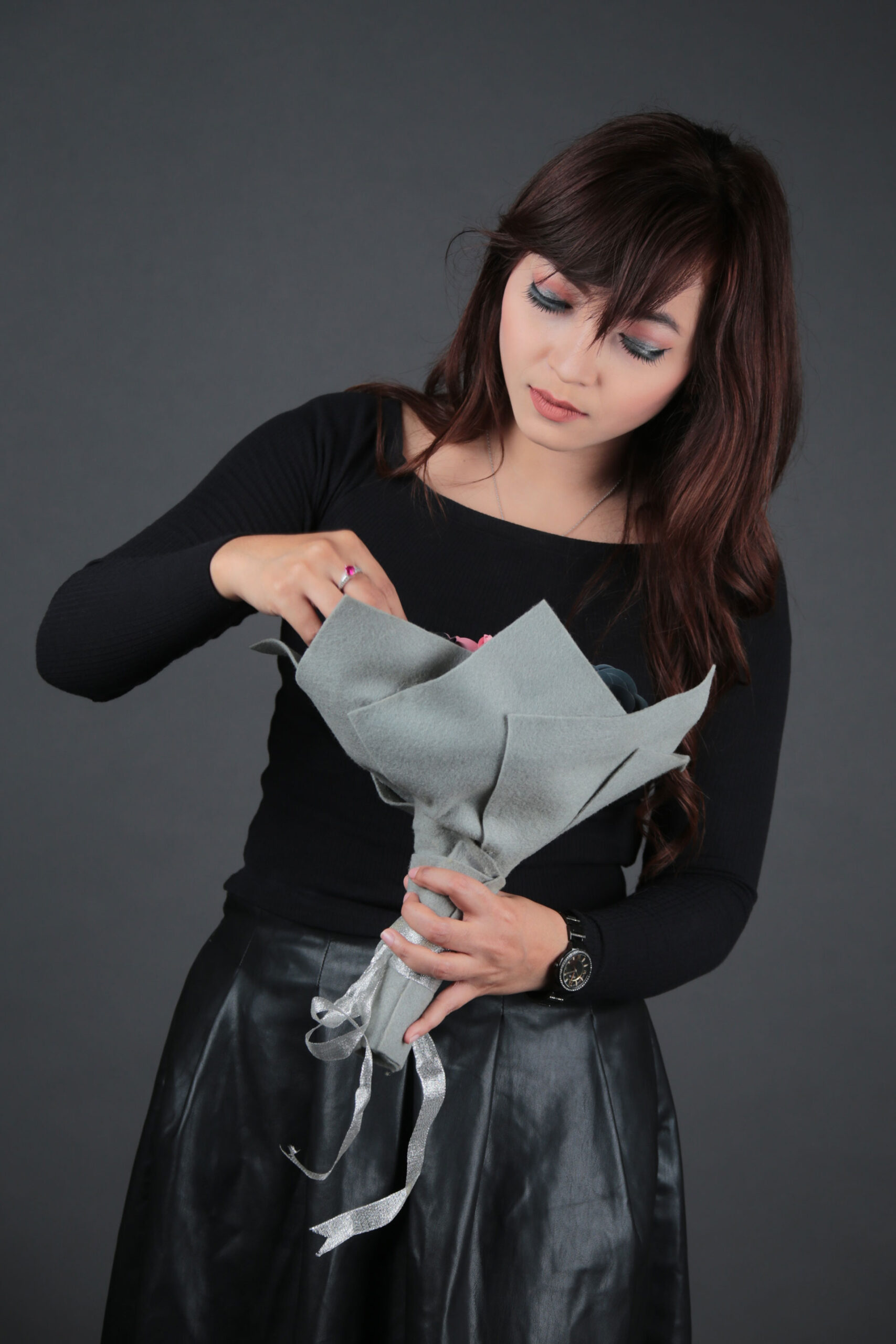£80.00 – £345.00Price range: £80.00 through £345.00
Eucalyptus stellulata Beautiful flowers, foliage and bark make this a superb specimen evergreen tree. It develops a dense crown in maturity and so is a good choice of tree to provide shade.
Why we like this variety:
A beautiful evergreen tree with weeping habit in its formative years, and attractive bark and prolific flowers. ‘Kiandra’ is a selection exclusive to Hardy Eucalyptus at Grafton Nursery, one of fine form and healthy countenance.
Hop over to the next tab labelled ‘How to Use’ to learn about the many ways to grow this amazing tree
Find out about its likes and dislikes under the tab labelled ‘Planting Position’
Shoots ‘n Leaves: Young shoots are crimson.
Juvenile foliage is heart shaped. New emerging leaves in Spring pale lime-green in colour with a touch of gold, sage green suffused with pink.
Adult foliage 5-9 cm long and 1.5-2.5 cm wide, elliptical/broadly lanceolate, with 3 parallel veins. This feature shows that Eucalyptus stellulata is a monocalypt and related to the Snow Gum group, even though Snow gums enjoy free draining soils and E. stellulata enjoys wet ground.
Bark: Absolutely beautiful. Pearl grey overlaid with lime, moss and olive greens, with a hint of coffee and white patches; reminiscent of London Plane bark. Smooth and very tactile.
Flowers: Profuse clusters each of up to 15 buds which open to white star-like flowers; exceptionally pretty. Flowers are followed by tiny fruit pods.
Leaf Aroma: Strong Eucalyptol with fantastic sweet pineapple, fruity and balsam aroma.
Rate of Growth: Slow to get going initially, whilst becoming established and then fast growth at 1.5-2.0 m per year.
Height in maturity, if left unpruned: Short term over around 4 to 5 m Long term of 15-20 years or so, it could reach around 15 m if not managed. Eucalyptus stellulata responds well to branch tip pruning and pollarding, so can be kept as a smaller tree. Visit our pruning guidance notes here
Easy to keep smaller by regular pruning – March 18th and end of May.
If pruned, it can be trained to form a screening tree with light tracery, a multi-stemmed bush like a species rose or coppiced Hazel tree. Responds well to coppicing and pollarding, when done at the right time of year. Unless you are growing for cut foliage, please refrain from voluntarily electing to prune your Eucalyptus from August through to February; it can kill it.
Click here to view our YouTube video on pruning
To receive monthly pruning and aftercare advice, sign up to our Gumnut Club – its free and you can unsubscribe at any time. To subscribe – just call or ping us an email to [email protected]
Hardiness: Good hardiness rating; root-system should be happy down to around -12°C to -14°C once mature, may be even lower with maturity on a good site.
Case Study: During the Beast from the East 2017/2018, our E. stellulata took the full force of the ice laden easterly winds as it roared up the valley and hit them full on. They had completely defoliated by the March, but quickly leafed out again 4 weeks later, in the spring and made a beautiful and full recovery.
Hardiness in Eucalyptus is governed by
Eucalyptus stellulata ‘Kiandra’- Black Sally
Requirements:
Recommendations:
Eucalyptus stellulata ‘Kiandra’- Black Sally
How to use in the landscape and/or garden: How to grow or train it to get the best out of it
Eucalyptus stellulata is a beautiful, easy, relatively moderate sized tree, which can be grown as a single stemmed specimen or a multi-stemmed tree.
It develops a dense crown in maturity and so is a good choice if you want a tree to provide some shade.
It has an elegant relaxed habit, reminiscent of a weeping willow in its formative years, more upright in maturity, making it an attractive tree for the landscape.
A star performer as a winter feature tree especially when underlit.
Growing a full-sized standard: planting the tree and running away is an option, but it won’t necessarily give you the best results.
We suggest you maintain a leading shoot and tip prune the lateral shoots to encourage bushiness. Keep all the sides shoots as they are building up the strength of the main trunk. The tree will shed its lower branches and crown raise itself naturally over time
For more, see our guidance notes for growing specimen Eucalyptus in our Help and Advice section.
For monthly emails on how and when to prune and care for your Eucalyptus, sign up to our Gumnut Club and we’ll send you the Bush Telegraph – it’s totally free and you can unsubscribe at any time.
Growing shrub-on-a-stick clipped standard: this is an opportunity to grow a Eucalyptus in a confined space like a courtyard and also control its overall size. You can produce a small tree on a trunk with a height of anywhere between 3m (8ft) and 4m (12ft). Prune back growth every March 18th or thereabouts and tip prune the annual growth back by up to 90% at the end of May. Light tip pruning can be done again during July, but no later. Don’t prune from August through to February.
Growing a multi-stemmed bush or tree. E stellulata responds well to coppicing and readily produces a multi-stemmed specimen responds well to coppicing, once it has attained a trunk of some 125 mm in diameter and readily produces a multi-stemmed specimen
Why would you want to do this?
To create:
REMEMBER: No grass, no weeds and a thick boring bark chip mulch, to a depth of 150 mm (6 inches) are essential to assist with good establishment. Our research trials have demonstrated that grass around the trunk of Eucalyptus prevent the trees from quickly establishing and can completely stop them from growing.
Pot Culture outdoors: E. stellulata can be successfully grown as a multi-stemmed shrub in a container provided you are prepared to pot on at the recommended intervals and to supply it with sufficient water and food during the growing season.
Always keep pot-grown Eucalyptus in the air-pot container system for healthy and happy trees.😊 They do not thrive in smooth-walled containers ☹
For information on how to successfully grow Eucs in pots, visit our Blog entitled ‘How to grow a Eucalyptus in a pot and keep it alive!’
Hedge-Screens a case study: At Grafton Nursery in 2012, a single row of 8 E. stellulata were planted to provide a light tracery of evergreen foliage. The trees were allowed to grow up to around 3-4m and pollarded every March down to around 2.4m (but this could have been lower at 1.5m and still been effective) and tip pruned end of May to control height and maintain sufficient foliage to screen our kitchen garden from the house. As of 2020, the trunks measured 125cm (5 inches) in diameter. The trunks were bare from ground up to around 1m. The foliage screened from around 1.2m up to around 3m. This proved to be very successful. The pretty weeping foliage was attractive all year round, but particularly impressive in Spring, being sage green with rose, gold and pale lime.
Floral Art: E. stellulata produces premium cut foliage for Flower Farmers and floral art. We find that it is slower to take off as a species, preferring to take its time in getting its ‘feet under the table’, but after an additional year or so, it takes off fairly quickly. Delightful fragrant foliage with a weeping habit, great for wedding work.
Firewood Production: E. stellulata is not on our selected species list for Biomass or Firewood.
Rural/Agricultural:
Ecology:
Environmental:
To make this work, we recommend that:
We recommend
Small Case Study: At Grafton nursery, several E. stellulata are thriving on our swampy, yellow pH8 clay soil. A mature ex-show tree is being grown as a mallee towards the bottom end of the large field in winter-swampy conditions. A couple are thriving in our cut foliage trial plot. A third is being grown as ‘shrub-on-a-stick’, being pruned every couple of years to maintain its height at 3-4m. It has made the ground much more workable and a Bay tree is thriving 1m from the tree. None of the trees showed stress as a result of the 2022 summer drought, when our field set like concrete with 20cm wide x 60cm deep cracks!
We recommend
There is record of a stand of E. stellulata growing on the dry site of Brumby Point, eastern Victoria, Australia
The tree needs to establish a good, deep root system before it can survive in dry, challenging conditions. No grass, no weeds and a thick bark chip mulch, to a depth of 150 mm (6 inches) are essential to assist with good establishment. Growth on impoverished soils will always be reduced.
Winter 2022 going into Spring 2023
Botanical Name: Eucalyptus stellulata ‘Kiandra’ MYRTACEÆ; Myrtle Family
Common Name: Black Sallee, Black Sally, Muzzlewood (southeast Australia)
Status: Evergreen Tree
Origin: Eucalyptus stellulata naturally grows near Wallangarra, New South Wales, down through the Australian Capital Territory to near Melbourne, Victoria where it usually grows in open flat areas of the tablelands and mountains.
Often scattered in eastern Victoria, commonly in poorly drained sites of subalpine woodlands, although occasionally on drier sites such as Brumby Point, and at lower altitudes in cold valleys. Also found throughout similar subalpine and high country in New South Wales, especially on basaltic soils. (source Euclid)
Etymology: stellulata – stella star-like – refers to the arrangement of the profuse flower-bud clusters
Common names: sallee – we think this is a corruption of Sallow, such as in ‘willow-like’, with its pale green bark, long drooping foliage and slightly weeping habit.
Black – refers to the colour to which the resin in the sap dries – like little black bead on the trunk
Muzzlewood – the wood was used to make muzzles for young calves that were being weaned, possibly because the young bark is soft and pliable
Kiandra is an abandoned gold mining town and the birthplace of Australian skiing. The town is situated in the Snowy Mountains of New South Wales, Australia, in the Snowy Monaro Regional Council inside the Kosciuszko National Park. Its name is a corruption of Aboriginal ‘Gianderra’ for ‘sharp stones for knives’. source Wikipedia
Lignotuber: it has one, which is a good thing! Eucalyptus stellulata will regenerate off the lignotuber if cut down by man, beast or nature. It also produces many shoots from epicormic buds lying dormant beneath the bark higher up the tree; so E. stellulata will respond extremely well to both coppicing and pollarding practices, once large enough to tolerate it.
What is a lignotuber? See our Blog post on the subject
Interesting Notes: Considered by botanists to be one of the snow gums, because (amongst other features) the adult foliage has parallel veins, but oddly this variety naturally inhabits valley floors and boggy areas with poor drainage; whereas snow gums tend to inhabit high altitude rocky free draining areas.
E. stellulata belongs in a group (called a section) of Eucalyptus called Longitudinales because of shared botanical characteristics surrounding leaves, flowers and fruits. The other two members of the group are E. moorei and E. mitchelliana
Out of stock


